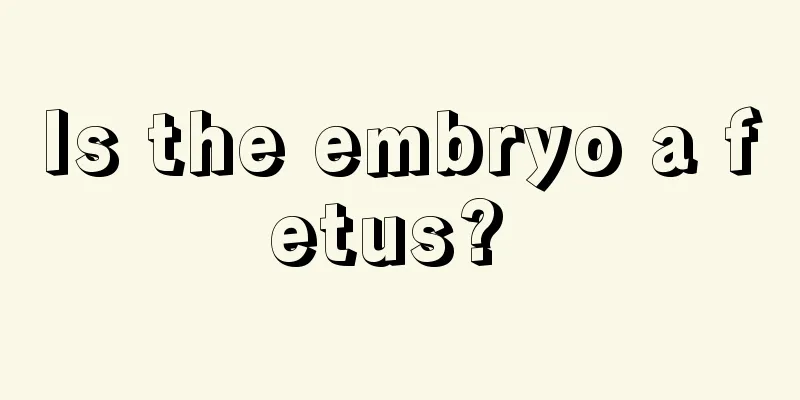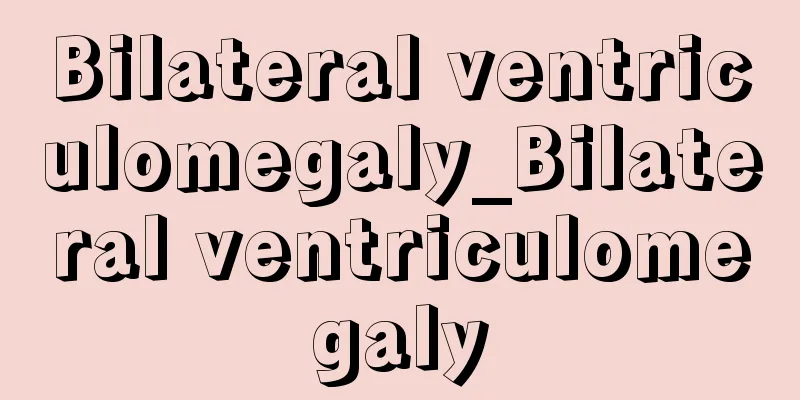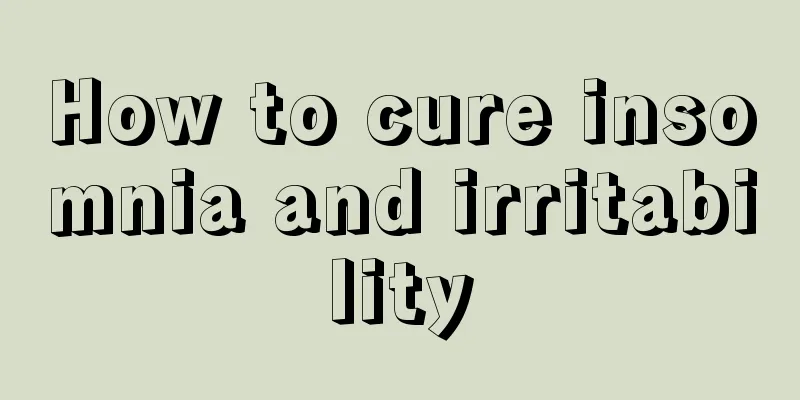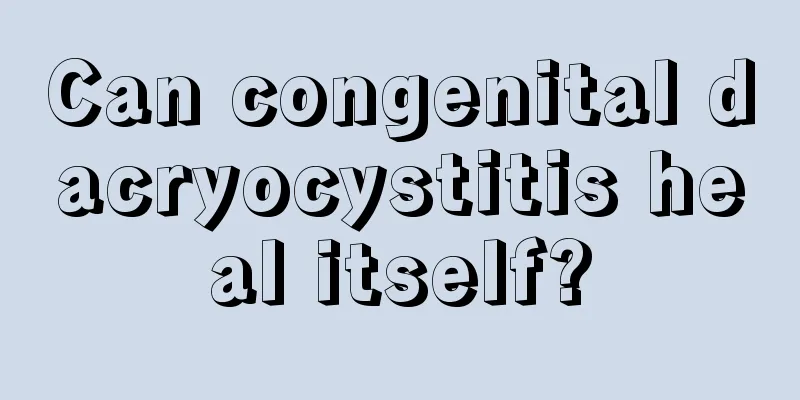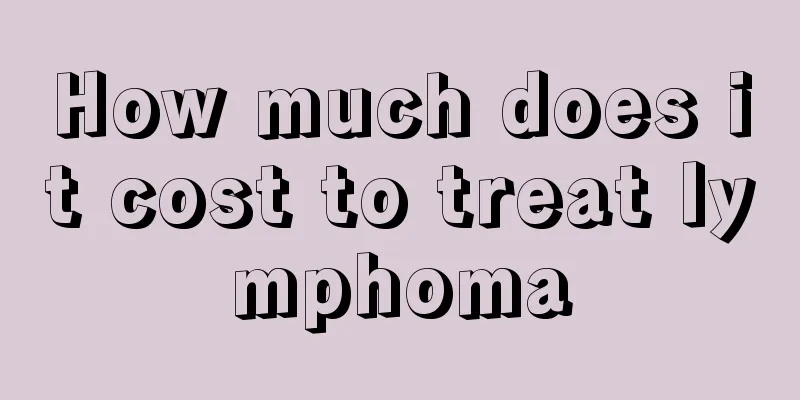What is the best treatment for liver cysts
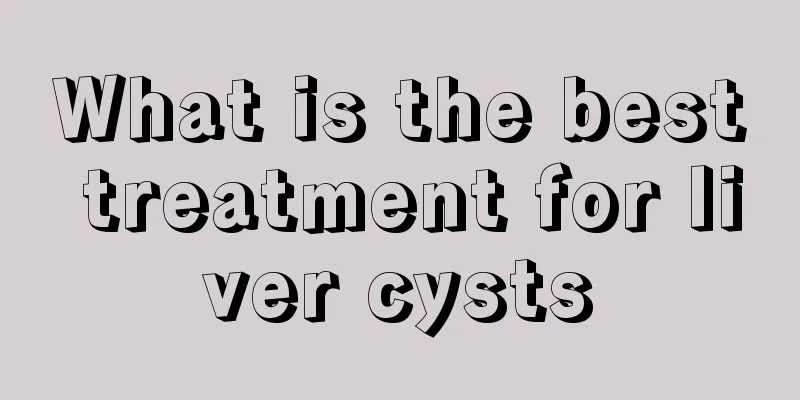
|
The best treatment for liver cysts actually depends on the size of the cyst and whether there are any complications. If the cyst ruptures, surgical treatment is necessary to rule out the possibility of malignancy. 1. The treatment of liver cysts should depend on their size, nature and the presence or absence of complications. For those with a diameter of 5 cm and compression symptoms, puncture and fluid extraction can be performed under ultrasound guidance to relieve compression symptoms. However, the cyst will grow again soon after the fluid is drained, and repeated drainage is required. This method is easy to operate and does not require laparotomy. It is still a feasible treatment method for patients with giant liver cysts who cannot tolerate surgery. When the cyst is infected, external drainage is recommended. 2. When complications occur such as cyst rupture, cyst pedicle torsion, intracystic bleeding, or a large cyst that compresses adjacent organs and affects eating, surgical treatment is required. The cyst should be removed as completely as possible during surgical treatment. If this is not possible, subtotal removal or at least 1/3 of the cyst wall should be performed to allow the cyst fluid to drain into the abdominal cavity. If bile enters the cyst cavity, the latter surgery is not applicable and cyst-jejunostomy can be performed. During the operation, angiography should be performed to determine whether there is any communication. If the cyst is multi-locular, its partitions should be removed as much as possible before drainage. Pathological examination of the cyst wall should be careful to exclude malignant changes. 3. Symptoms 1. Gastrointestinal symptoms When the cyst enlarges and presses on the stomach, duodenum, and colon, it can cause symptoms such as fullness after meals, loss of appetite, nausea, and vomiting. 2. Abdominal pain Large, heavy cysts may cause distending discomfort, dull pain, or mild, dull ache in the upper abdomen. Sudden onset of severe pain or symptoms and signs of peritonitis may indicate complications such as cyst bleeding or rupture, and may also cause chills and fever. 3. Abdominal mass The discovery of an abdominal mass is the primary initial presentation in many patients. 4. Jaundice Cysts near the porta hepatis that compress the hepatic duct or common bile duct can cause mild jaundice, which occurs less frequently, in only about 5% of cases. |
<<: What is the reason for liver pain from staying up late
>>: What are the effects of health wine?
Recommend
What are the hazards of hamartoma
Hamartoma, many people do not know about this dis...
What are the symptoms of eye damage?
Eye damage actually means suffering from an eye d...
The left side of the neck is swollen
If a person's skin is too fair, you will find...
What causes premature graying of hair?
Some of our friends have gray hair when they are ...
Tight neck and thyroid
The thyroid gland is a very important gland in ou...
What causes pain when bending the knee
Some middle-aged friends may have a question, tha...
Rectal cancer can also be felt as a lump during digital rectal examination
Rectal cancer can also cause a lump to be felt du...
How to install a single denture after tooth extraction
Once there is a problem with the teeth, it will a...
Are Cassia tora and Cassia seed the same? What are their effects?
In real life, Cassia tora and Cassia seed are act...
Paraneoplastic syndrome of primary liver cancer
What is the paraneoplastic syndrome of primary li...
Why can't you drink beer when eating crayfish
When summer comes, people always like to drink co...
Symptoms of cardiac asthma, pay attention to them in your life
Everyone is familiar with asthma. It seems that t...
Is it easy to treat vulvar leukoplakia in the early stage
Vulvar leukoplakia is a serious problem that plag...
What serious harm will bladder cancer bring
What harm does bladder cancer bring to the human ...
What are the early signs of cervical cancer? Is Chinese herbal medicine useful for early cervical cancer?
Cervical cancer is one of the common malignant tu...


